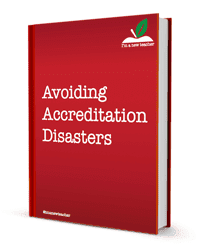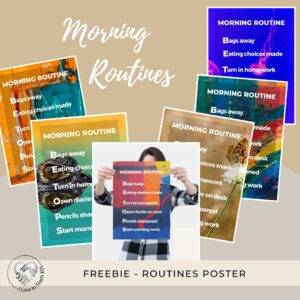20 Fun Indoor Games for Primary School and Jamboard
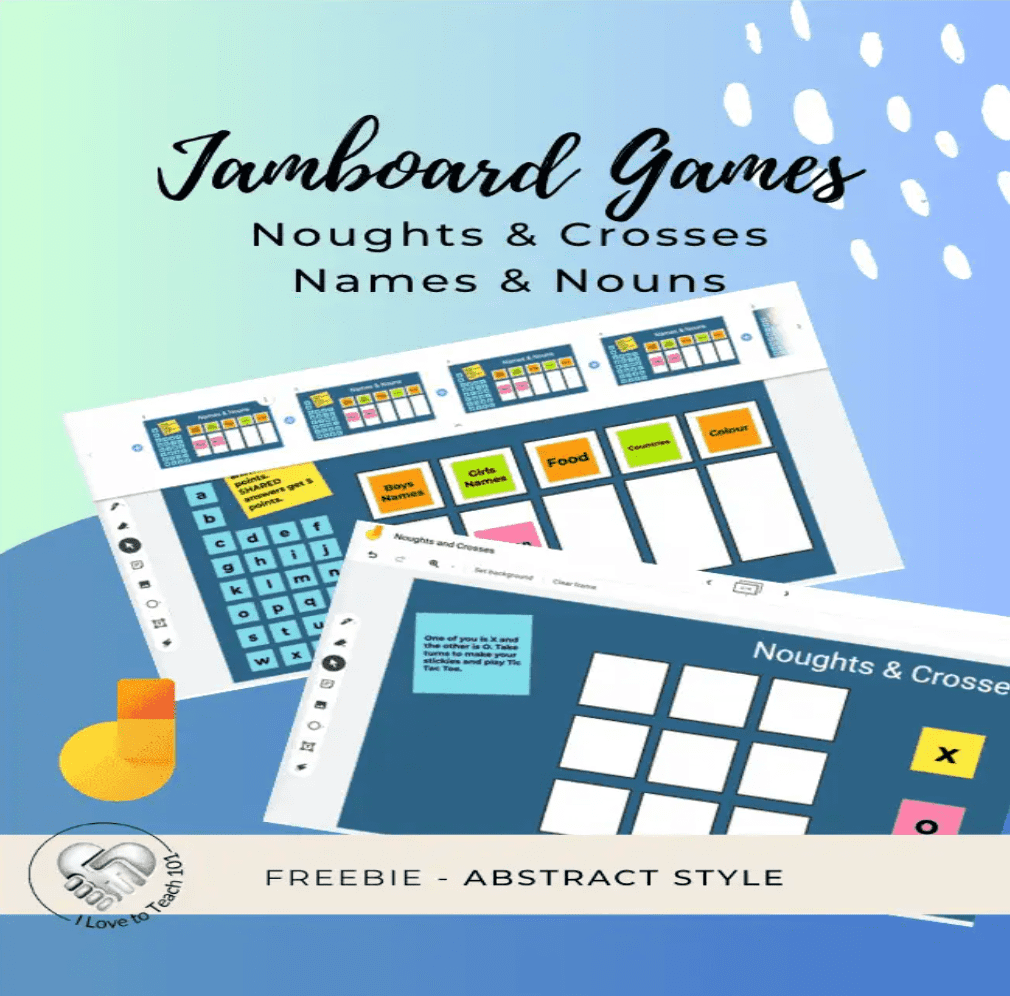
Indoor games for primary school are great for rainy recess, transitions between lessons and getting to know your students. We shouldn’t stop playing them because students are seated behind a virtual screen or because it’s raining and can’t get outside. Here are some fun games for primary that are sure to get your students moving and motivated.
1 – Balloon games for primary school
Want to up the fun? Play balloon volleyball. If the kids find it hard to use their hands, give them plastic plates to use as bats for balloon tennis.
If half your students are virtual, they can still participate. Ask them to see how many times they can bounce their balloon at least 12″ or 30 cm without moving their feet.
Students should pair up so one can bounce while the other counts the bounces and checks to see that their balloon is bouncing at least 12″ or 30cm.
2 – Category Items
Start by choosing a category. Category ideas could be animals, toys, or sports. Give each student a number which they have written on a big sheet of paper. Have all students stand up, holding their number in front of them just below their face.
Go round each student and have them say one item that fits that category. Each student has no more than 5 seconds, to name an item. If they can’t think of an item, they’re out and must sit down.
The winner is when only one student is standing up.
3 – Charades
Charades is one of the old games for primary school that never fails to entertain. Choose one student to begin with and give him/her a topic—for example, novels, sports, Disney movies and so on. The students will then do movements or make gestures to act out their idea within the topic you gave them. The student who guesses correctly gets to act next!
4 – Detective
Another old timer but is good to add to your collection of indoor games for primary school. One student is the ‘Detective’ who mutes his/her mic and closes their eyes while counting to twenty out loud. Ask the student to turn around so he/she can’t sneak look.
Another student is ‘It’, who begins an action, for example, blinking his/her eyes. The other students copy ‘It’ and blink their eyes too. On reaching twenty, the Detective opens his/her eyes and watches the other students.
‘It’ can change the action at any time. The trick is to make sure the Detective is looking at someone else, then quickly change the action. All the other students must watch to make sure they change their actions at the same time.
The Detective can guess up to three times to catch ‘It’.
If you want to develop social skills in your non verbal students make sure all students use mini whiteboards or paper and pencil for students to write their guesses.
Jamboard Video Intro
A great way to spice up indoor games for primary school is to use Jamboard. Here is a short YouTube Introducing Jamboard, Google’s FREE online collaborative whiteboard tool, that works with Google Classroom.
5 – Directed Drawing
Each student needs a Jamboard post stick OR a pencil and paper to draw on. I like Jamboard more because it keeps a record of the finished drawings that you can go back to anytime.
Remember to have an object ready off-screen that you want the students to draw, but they can’t see.
Next, start describing the object while students listen and draw according to your instructions. Once you’ve finished describing, ask students to place their post stick on the Jamboard OR hold up their paper to show their drawing. Finally, show everyone the object you were describing. Let students’ decide which drawing is the closest in detail to the object.
If you have a big class, break them into breakout rooms with one Jamboard per group. When each group has decided on the closest drawing, ask them to place the winning group drawing on the main Jamboard. Then the whole class can decide which of the six drawings is the closest of all.
After students get the idea, let students become the one who chooses an object to describe but do it in small groups in breakout rooms. It’s fun, and the drawings are hilarious.
6 – Four Corners
Four Corners is one of my favourite indoor games for primary school. If you participate, time goes super fast. Here’s how to play.
- Number the four corners of the room. Great if you already have four numbered sheets of paper or card. Or you may prefer to use colours or something related to the day’s lessons.
- Make space in the corners and middle of the room, so students can easily move around.
- Ask for a student to be ‘It’. The student who is ‘It’ stands in the middle.
- Explain the rules.
- ‘It’ stands in the middle, covers their eyes and counts from 10 to 0, loudly and slowly (teacher demo speed).
- Everyone else must move quietly to one of the four corners.
- When ‘It’ finishes counting, ‘It’ chooses a number from 1 to 4 (with eyes still closed). If they are younger or have trouble remembering which number, they could point to the corner.
- Anyone standing in the corner ‘It’ chose must sit down.
- Anyone not in a corner when the counting stops must also sit down.
- After each round, ‘It’ can look to see who he/she knocked out. Then close eyes and repeat 4.
As fewer students are left, the game can drag, so spice it up. When only eight or fewer students are left, each corner can only hold two people maximum. When only four or fewer students are left, each corner can only hold one student maximum. The winner is the last student left standing, and they become the new ‘It’.
7 – Freeze Dance
Freeze dance gets kids up and moving. It’s great for transitioning from one lesson to another. Put on some fun music and start dancing seated in chairs or standing up. Let students show off their dance moves. When the music stops, all students freeze on the spot. Anyone still dancing is out and sits down to watch.
8 – GoNoodle
GoNoodle is my favourite choice for interactive videos and indoor games for primary school because it’s free and provides 100s of movement videos for the classroom! Students are engaged from the moment the videos play.
Go Noodle categorise their videos, so it’s super easy to choose videos that help students get energised, release excess energy, focus, etc. I recommend having four or five videos ready and start with the most active ones, finishing with a calming down video.
Here’s an example of two of their GoNoodle Videos.
9 – Guess Who?
Get Students ready for this game the week before by asking them to have a silly costume to wear to make them look great on their computer camera.
- On the day of the game, give students 5 mins to dress up and return to their computer. Set a timer with a loud bell.
- One student will be the leader. He/she will choose a student but not tell the rest of the class who it is.
- The other students must try to guess who that person is by asking questions. For example – ‘Is your person wearing a red hood?’ or ‘Is your person a from a fairy tale?’
- The student who finally guesses who it is becomes the new leader.
10 – Virtual Heads or Tails
You first need on your screen the Just Flip a Coin webpage.
Students must be in front of their computers with cameras on.
- Students choose heads and put their hands on their heads, OR they choose tails and put their hands on their shoulders.
- Flip the coin. (If it lands on heads, any students with hands-on heads are in. Students with hands-on shoulders are out and sit down. If it lands on tails, any students with hands-on shoulders are in. Students with hands-on heads are out and sit down).
- Repeat 1 and 2 until only one student is left standing.
- Keep a record of the winner each day. At the end of the week, have the winner from each day play each other for a prize.
11 – I Spy
This game never fails to wake up a sleepy class. Test your students’ observation skills with a quick round of I Spy. For example, “I spy something in Stephen’s background that looks yellow”. Students take turns to guess what it is.
12 – True or False!
Ask all your students a question. For example, ‘What did you get for Christmas?’
When they answer, students can choose to tell something true or make up a story. Allow 3 mins for students to think about their story, then let each student tell their story.
After each story, the other students decide if they think the story is true or false. Ask them to write on a virtual post stick ‘T or F’ and place it on the class Jamboard.
High school students love this variation.
- Each student lists three facts about themselves. One is false, and the other two are true.
- Give students 5 minutes to think and direct them to write down what they will say to practice making the false fact sound real.
- Other students try to guess which is true and which is false.
- Let each student take a turn. If you have too many students, divide them into breakout rooms.
13 – Memory
Get a tray and spread about twelve objects on it—for example, a pencil, a pair of scissors, a mug, etc. Give students about twenty seconds to look at the items.
Ask students not to write down anything and not to take a screenshot.
After 20 seconds:
- Move the tray away from your camera and take one item away.
- Show the tray again and see who can name the missing item.
- Rather than have students call out, use a Jamboard and get each student to write it on a post stick. Or get them to write it on a small whiteboard and hold it up.
14 – Musical Mats
Party game but still effective for wet weather breaks. Give each child a square mat to place on the floor: students will try to sit on the mats when the music stops. Divide the class in half if you have a big class and run two games to speed up the game time. It also decreases the time any student is out.
15 – Mystery Sound
Test your students’ power of perception. Keep your hands under your desk so students can’t see what you’re doing. Create a sound using your fingers, a jangling of keys, click your fingers, and so on. Your students take turns guessing what they hear. Once they get the idea, let students create the sounds. A different student can create the sound each time you play ‘Mystery Sound’.
16 – Names and Nouns
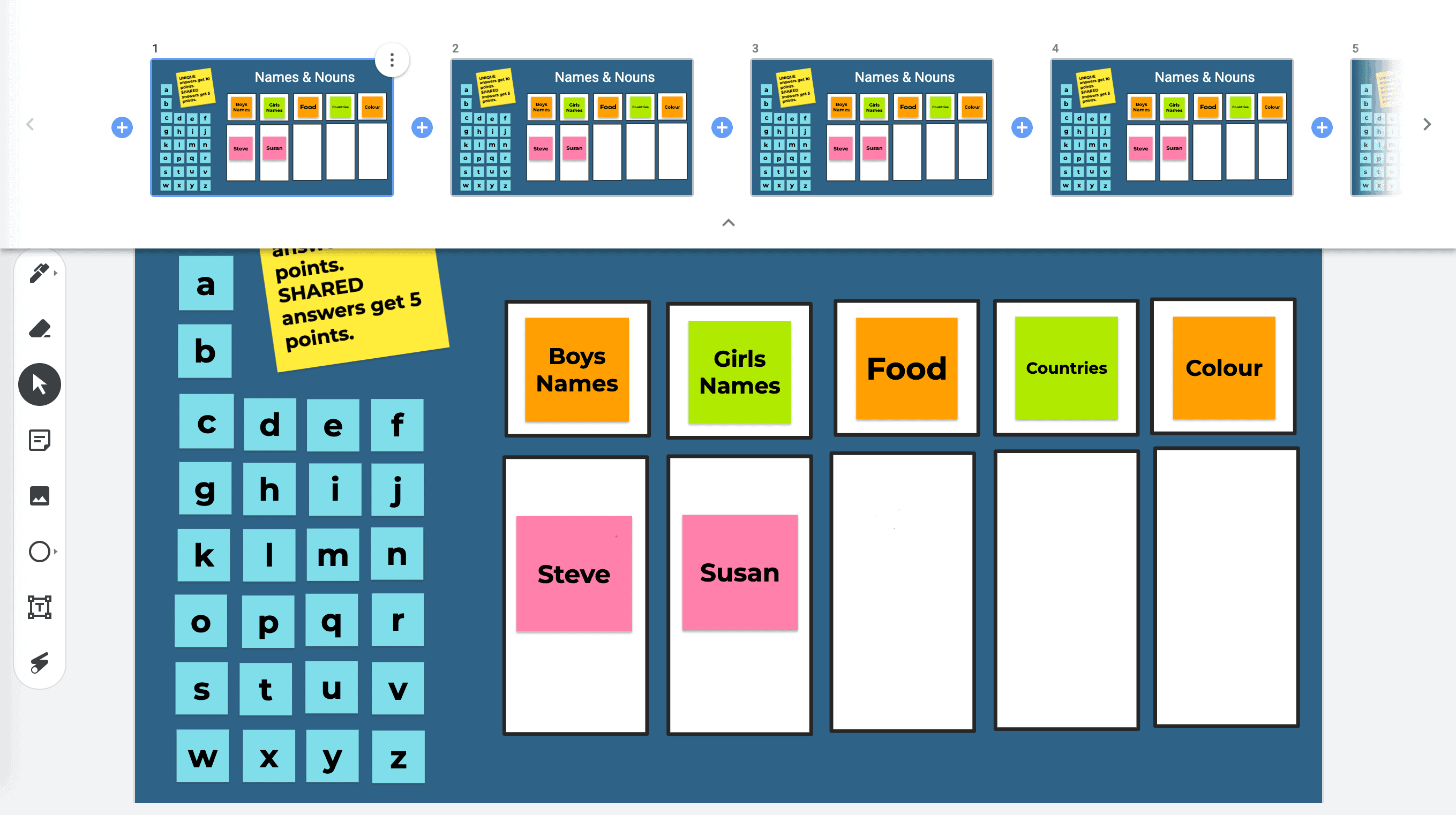
Here’s a fun game for primary my family used to play way back in the 1960s-70s, and I’ve played it numerous times with my students.
It’s fast and funny and gets lots of hot discussion about what answers might not be allowed. It helps if you’re calm, sharp, and selective to win.
I have two versions; one is virtual but let’s explain the traditional one first.
Make sure all students have a sheet of paper and a pencil. Draw five columns, and give each column a category heading—for example, boys names, girls names, country, toys, food, etc.
Have a bag or box with all 26 letters of the alphabet – you can use Scrabble letters. One student, in turn, draws a letter but lets no-one see it. Then they call out the letter, and everyone immediately tries, as fast as they can, to fill up their columns with a line of words starting with that letter.
The first to fill up all their columns shouts out STOP! Everyone must stop writing immediately. Then you start scoring that round.
You score 10 points for an answer no-one else has or 5 points for an answer you share with others—zero for a blank column. Appeals for (or against) any given answer are the source of the greatest amusement and contention!
You have to weigh things up. Creating your class norms for this quick-witted game takes time. Are non-current Country names allowed, like Assyria, Yugoslavia, or Mesopotamia? Is seaweed food? If book titles: does ‘The Count of Monte Cristo’ start with a C or T?
Continue until all letters have been drawn, making 26 lines. Then count up the final score for the overall winner. In class, you might want to stop after ten rounds and not go through every letter.
My Jamboard variation works even better, especially if you are teaching virtually.
Play it in pairs, groups of 4 or 6 in breakout rooms, or the whole class together.
All you need is a Google account to access the Jamboard platform, which is FREE.
Download my FREE Jamboard Names and Nouns Game and other resources. To access, join the ILTT tribe. It’s FREE!
17 – Noughts and Crosses
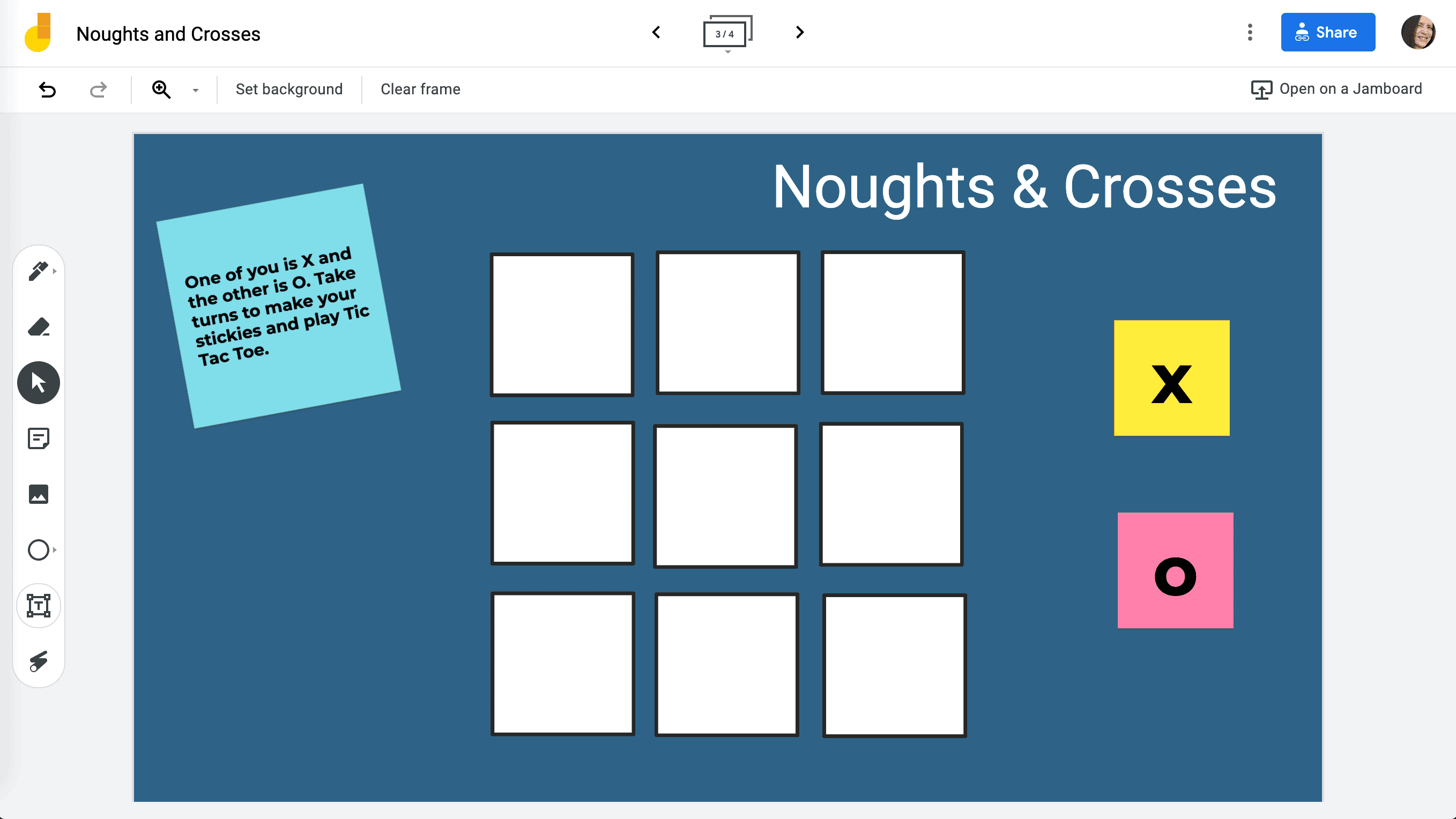
I’ve included in my FREE Jamboards downloads – Names and Nouns game and this Noughts and Crosses game.
I’m sure you know how to play noughts and crosses. On the Jamboard, it’s crazy fun and helps get your students familiar with using Jamboards.
I’ve included two versions of Noughts and Crosses on the Jamboard. One has the post stick X and Os, already made for the students who find it difficult to make the posties. The other has the students make their posties.
18 – Scavenger Hunt
Create a list of items for students to find around their house if they are virtual or around the classroom if they’re in classroom. Give them 10 minutes to collect as much as they can from the list.
For example, ask students to find as many human-made and natural products as possible around their house and bring them back to their computer.
Students move into breakout rooms. Each student shows their item to their group; the rest must decide whether they are human-made or natural. Then, the group chart what they have found on their group Jamboard with photos of the objects.
Finally, come together as a whole class. Share the group Jamboards to figure out if they found more human-made or natural objects in all their homes.
Another version of scavenger hunt for indoor games for primary school is found on Edmuntum.
19 – Simon Says
I still have students who ask for Simon Says. It’s been around forever, but students still love it! Everyone stands in front of their computer with their camera on. Call out actions for them to do. Students sit down as soon as they are caught out. It’s good to make sure a student watches, so they don’t stand up again—the winner is when only one student is left standing.
20 – Twenty Questions
Ask every student to find a toy in their room and have it ready under their desk to show to the class.
- Have students take turns to be the leader.
- Students ask the leader twenty yes/no questions to discover the toy under their table. For example: Does it move by itself? Is it smaller than a school bag?
- If a student guesses the toy incorrectly, it counts as a question.
- When a guess is correct, the old leader shows the toy, and the student who guessed correctly becomes the new leader.
- If the toy is not guessed after 20 questions, the leader wins!
Indoor games for primary school are great motivators. Do you know any others?
Do add them in the comments below.


